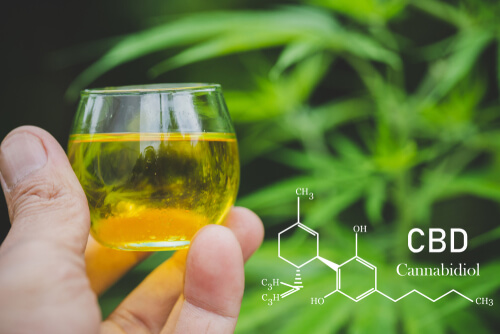
The CBD market is booming. The product derived from hemp is gaining more and more customer acceptance as a substitute treatment option for numerous health issues. Virginia’s technology researchers have probably discovered one of the most innovative CBD uses: a way of strengthening plywood.
Recently, Emilie Kohler, a College of Natural Resources and Environment undergraduate researched the potential of using a CBD extraction by-product in the form of a modifier for wood-based material production. It appears to be one of the most interesting CBD applications.
The by-product is pectin, a jelly-like component of almost every plant. Pectin has a tendency to develop a gel that does not flow, so Kohler stated that it is usually a component of jams and jellies. Kohler stated that she would isolate it from industrial hemp to not only analyze its flow properties but also see whether it is useable for wood adhesives in the form of a modifier.
Department of Sustainable biomaterials Professor Charles Frazier suggested that the industrial hemp industry offers fresh avenues to researchers seeking alternative botanical materials. For your information, Frazier supervises the research from Kohler. Frazier stated that the industry produces large levels of hemp flower extracted with a solvent. He also said that all that biomass could not be more affordable for the industry as a new raw material, because the industry treats it as waste.
Frazier also stated that hemp flowers produce pectic acids, which are substances with an uncommon chemical structure. He also considered checking the behavior of the products in the manufacturing of wood items.
The output of the cannabis research is being determined, but Kohler stated that the pectin from industrial hemp showed promise. As for Kohler, it is possible to categorize it as low methoxyl or high methoxyl pectin. The former is like the substance present in industrial hemp, which often gels with the more prevalent component of adhesives that is calcium ions.
Kohler stated that she entered the sustainable biomaterial field with no prior planning. Frazier credits Kohler’s commitment to pursuing sustainable biomaterials science as it is a tricky major.
Kohler regarded isolating the substance from hemp as a chance to not just get more appreciation for her sustainable biomaterials field but also contribute to research in that emerging area. She stated that working with Frazier taught her how to consider things more deeply. When there is not much research on industrial hemp, she regards her research as the beginning of something big.

